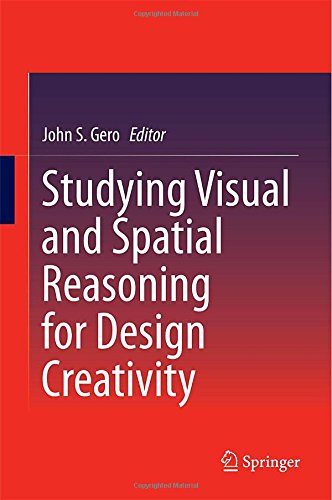

Most ebook files are in PDF format, so you can easily read them using various software such as Foxit Reader or directly on the Google Chrome browser.
Some ebook files are released by publishers in other formats such as .awz, .mobi, .epub, .fb2, etc. You may need to install specific software to read these formats on mobile/PC, such as Calibre.
Please read the tutorial at this link: https://ebookbell.com/faq
We offer FREE conversion to the popular formats you request; however, this may take some time. Therefore, right after payment, please email us, and we will try to provide the service as quickly as possible.
For some exceptional file formats or broken links (if any), please refrain from opening any disputes. Instead, email us first, and we will try to assist within a maximum of 6 hours.
EbookBell Team

0.0
0 reviewsCreativity and design creativity in particular are being recognized as playing an increasing role in the social and economic wellbeing of a society. As a consequence creativity is becoming a focus of research. However, much of this burgeoning research is distributed across multiple disciplines that normally do not intersect with each other and researchers in one discipline are often unaware of related research in another discipline.
This volume brings together contributions from design science, computer science, cognitive science and neuroscience on studying visual and spatial reasoning applicable to design creativity. The book is the result of a unique NSF-funded workshop held in Aix-en-Provence, France. The aim of the workshop and the resulting volume was to allow researchers in disparate disciplines to be exposed to the other’s research, research methods and research results within the context of design creativity.
Fifteen of the papers presented and discussed at the workshop are contained in this volume. The contributors come from Germany, Israel, Netherlands, Poland, Singapore, UK and USA, indicating the international spread of the research presented in this volume.